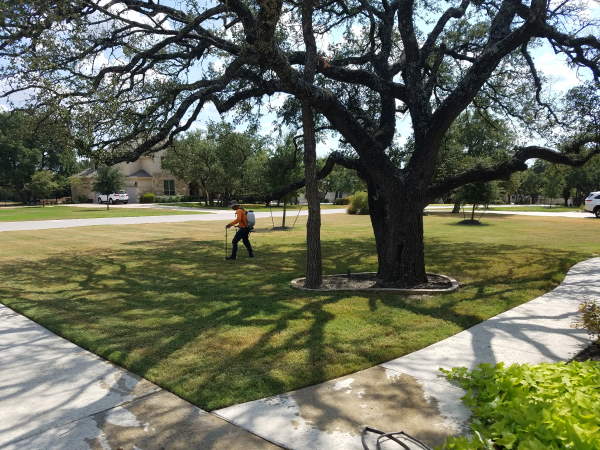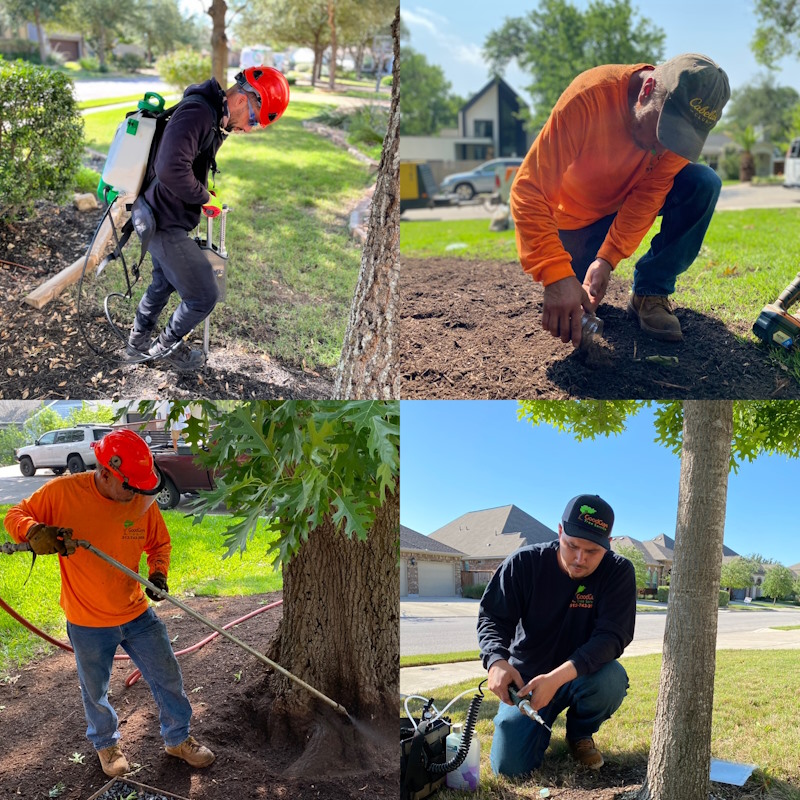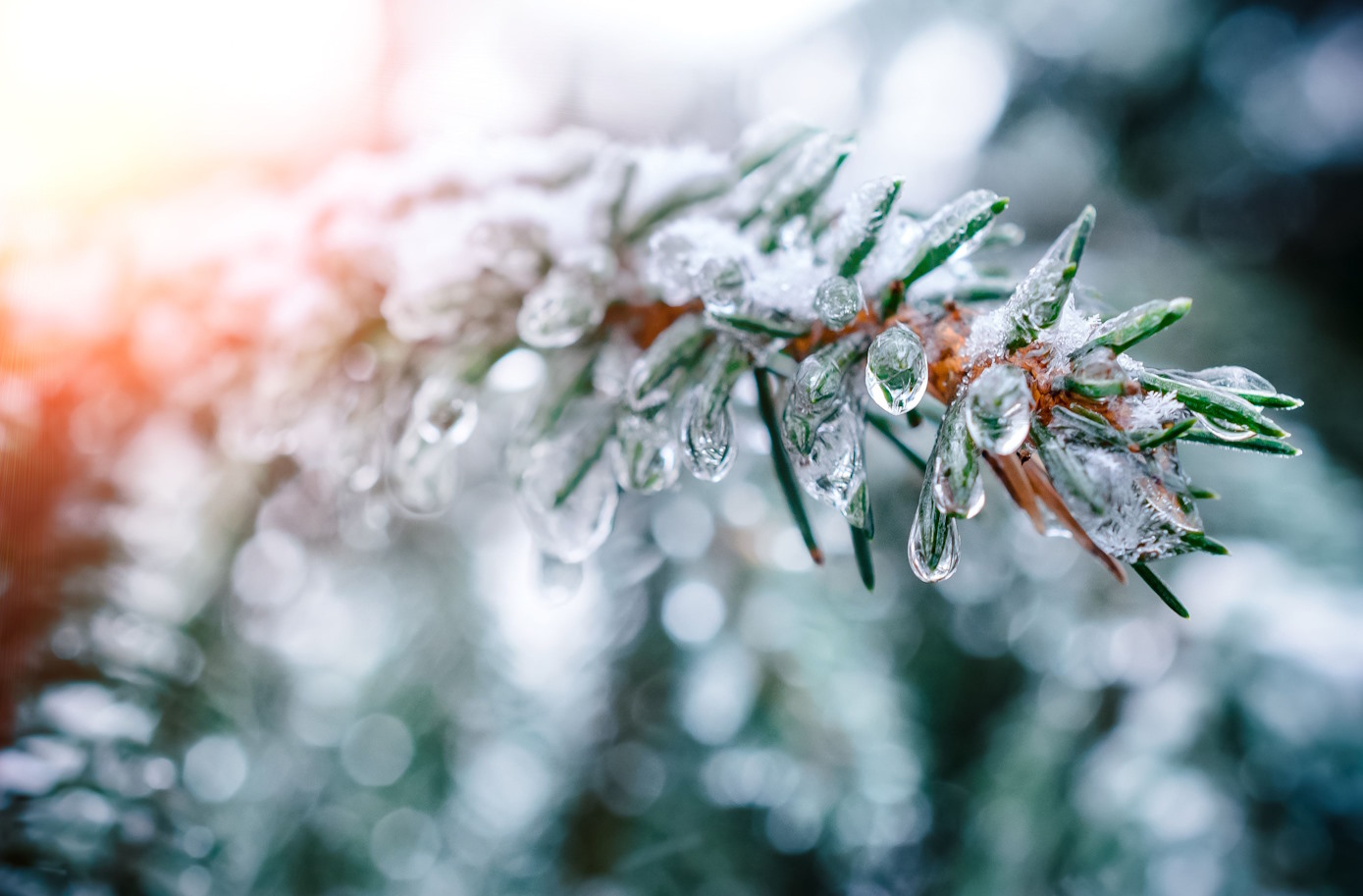It is easy to overlook the importance of tree maintenance during winter. After all, trees go dormant during the winter, consuming little energy as their growth pauses during the cold months. If a tree is dormant then surely no maintenance is required?
No! You most certainly should take the time to complete some tree maintenance during winter, ensuring the tree remains in the best condition for the upcoming spring, while also ensuring they don’t run the risk of damaging your property during the more extreme winter conditions.
How much maintenance that is required differs from each situation. If you only have a few trees around your property then some minor pruning and fertilizing may be all that is needed, while those with multiple species of trees throughout their property may require more thorough action.
In any case, check out some of the top tree healthcare and maintenance tips for the winter:
Prune Dead Branches and Limbs
If there is one type of tree maintenance to focus on this winter, it is pruning. Removal of dead branches not only promotes healthier growth during spring and summer, it also minimizes the chances of diseases spreading throughout the tree.
Look for any broken limbs and branches, also taking note of any spots where leaves may be present, removing them entirely from the tree. Even if there are healthy branches, you may want to do some pruning to encourage a specific growth structure or to encourage more growth in general.
Another important reason to prune branches and limbs is the risk they pose to the tree itself. With strong winter winds and storms likely throughout the season, any loose hanging limbs and branches may break and fall from the tree, damaging healthier growth in the process.
Prune Growth Near Property and Structures
Pruning is not only recommended for the health of the tree, but also the health and safety of yourself and your property! Falling limbs and branches pose a huge safety risk, possibly injuring someone or damaging something valuable on your land, such as your home or vehicle.
Look for any growth that hangs above your property or vehicle, removing any damage growth or limbs that appear large and heavy. If too much ice gathers on larger limbs, the weight may cause it to break off and damage your roof (or worse), leading to expensive repairs you could have otherwise avoided with some basic pruning!
Similarly, if there are any trees near power lines or important structures, check to see if they require some pruning to avoid potential damage from falling limbs. The last thing you need is to lose power during a winter storm because a tree branch fell onto the power lines!
Remove Unwanted Male Cedar Trees to Avoid Allergies
Anyone that lives in Texas knows all too well about the dreaded pollen season, often referred to as cedar fever season! While all trees pollinate, cedar trees are the main offenders in the region, pollinating from late November through to February. Peak season often falls on January and February, causing seasonal allergies that make life horrible for countless people.
Unfortunately, cedars are common throughout Texas and they will continue to play a huge role in the dreaded annual cedar fever season. Thankfully, cedars (specifically male cedars) are the main contributors to pollen season, meaning you can offset the problem by removing any unwanted male cedars around your property.
Safe removal is paramount, which is why we recommend hiring professional tree removal services to ensure safe and proper removal.
Fertilizer and Injection Treatments to Ensure Optimal Health
It may seem counterintuitive to fertilize your trees during winter, as they aren’t actively growing so why would they require additional nutrients? While they aren’t actively growing, the roots of the tree are storing various nutrients for the upcoming growing season, so by giving it some treatments now you can encourage even healthier, more vibrant growth throughout the year.
In fact, we highly recommend giving your trees a deep root fertilization treatment each winter, as this ensures they have optimal nutrients for the growing season, strengthening the root systems to encourage a healthier tree.
Similarly, you can opt for a tree injection treatment, providing the tree with a dose of nutrients to keep it healthy. This can be a great way to minimize your maintenance going forward, as your trees boast much healthier growth, meaning fewer diseased and broken branches to prune next winter!
Remove Mistletoe Growth
While you may have enjoyed the festive appearance of mistletoe naturally growing on one of your trees, it is best to remove it before the tree starts growing again, otherwise it may be competing for nutrients.
Winter is the best time to remove mistletoe as it needs to be done before new leaves start growing on the host tree, so any time during winter should suffice for this. Mistletoe does fall naturally from the tree, although some always remains and will eventually regrow, and this can be potentially lethal for some oak trees!







